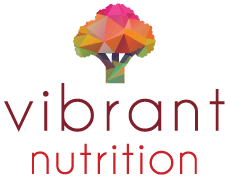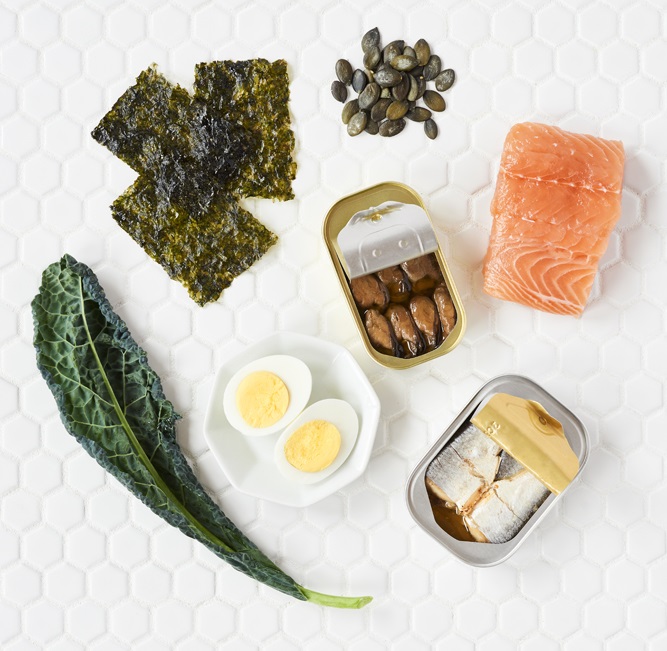November 2nd, 2017
CHOOSING THE BEST YOGURT FOR YOUR FAMILY
How much time do you spend staring down the endless wall of yogurt containers at the grocery store? There are so many different claims on them: Low fat! Probiotics to improve digestion! Taste kids love! But what do these claims mean, and what are the most important messages to focus on? Here are the 5 most important areas to focus on so that you can find a yogurt that works for everyone in your family.
Sugars
Any yogurt that is flavoured or coloured will have added sugar, and products marketed towards kids such as yogurt tubes have even more. 1 cup of yogurt can have up to 30 grams of added sugar! Yogurt has some naturally occurring sugars such as lactose and that’s okay- but keep an eye out for all of the extra stuff. It’s always better to add in your own sweetener after- honey and maple syrup are both great unprocessed options.
Fat
Kids and adults need fat in their diets and consuming a yogurt with fat in it won’t cause heart disease or raise your cholesterol. Fuller fat yogurts are often more filling, generally have less sugar and additives because they are naturally creamy, and are important for your child’s growth. If you’re an adult who has had diabetes or heart issues, you might want to choose a lower fat yogurt because the extra fat doesn’t have any health benefits, but for families, both 2% of full fat yogurt are healthy and will have everyone feeling more satisfied after.
Probiotics and Active Cultures
When you’re buying yogurt with active cultures in the store, the probiotics are actually added back into it after processing, and they’re often added with sugars and other extras to balance the more acidic taste. As well, live cultures don’t always withstand the life of the yogurt, so you may be paying extra for nothing. Probiotics are a huge marketing trend in yogurts now, and while having healthy gut bacteria is definitely important, the best strategy to do that is to have lots of fibre rather than adding extra probiotics in your diet. Long story short here: don’t spend too much time making sure your yogurt has added active cultures.
Additives
These are usually the weird words that you don’t recognize on the containers- carageenen, xantham gum, polysorbate 80. Generally these are used to give your yogurt the look and feel that companies want- they can add color, keep the solids and liquids from separating, improve the creaminess of the yogurt and extend shelf life. While small amounts of these are generally okay, they can cause bigger issues in kids who have sensitive guts, especially if they are being consumed every day. Choosing plain yogurts with a regular fat content is a great way to avoid too many of those extras.
Types of Yogurt
You’ve probably heard the praises of Greek Yogurt a time or two, and on grocery shelves you’ll see Greek, Balkan style and lots of other new names. What does it mean? Generally these refer to the way that the yogurt is made which affects the texture. Greek and Balkan yogurt are thicker and heavier than regular yogurt and can have higher content of both protein and fat. Traditionally greek yogurt was made from straining milk in order to concentrate proteins, however sometimes now it is also made by adding protein and thickeners to regular yogurt. Because of the straining process, greek yogurt contains less calcium than the others. Balkan yogurt is even thicker and only contains 3 ingredients, but has lower protein and higher fat content than Greek yogurt. Regular yogurt- what most people are used to- has a thinner texture and no added protein and the fat content never exceeds 3.5%. All of them have their benefits, so the key here is finding one that your kids (especially picky ones) will eat!
Which is the best choice?
If I had to recommend one yogurt for your family, it would be a plain, 2% Balkan variety. No added sugars, a balanced fat content that is great for everyone in the family, and a simple ingredient list! Have it on its own, sweeten with a little honey or maple syrup, or add some fruit and granola. Great for a filling breakfast or a snack throughout the day.

